Discovering the expenses involved in building a house in Vermont is essential for prospective homeowners. Several key factors influence the overall cost, including materials, labor, permits, and location.
By examining each aspect, you can gain a clearer understanding of the financial considerations associated with constructing a new home in the state.
How Much Does It Cost to Build a House in Vermont?
In Vermont, constructing a single-family home generally falls within the range of $300,000 to $500,000. The total expense hinges on factors like property type, construction site, and desired modifications, all contributing to the final building cost.
What Are the Different Hard Costs to Build a House in Vermont?
When embarking on the journey of building a house in Vermont, it’s crucial to comprehend the diverse hard costs that make up the financial landscape of the project.
Hard costs pertain to the tangible expenses directly associated with the physical construction of the house, excluding elements such as land acquisition, design, and permitting fees.
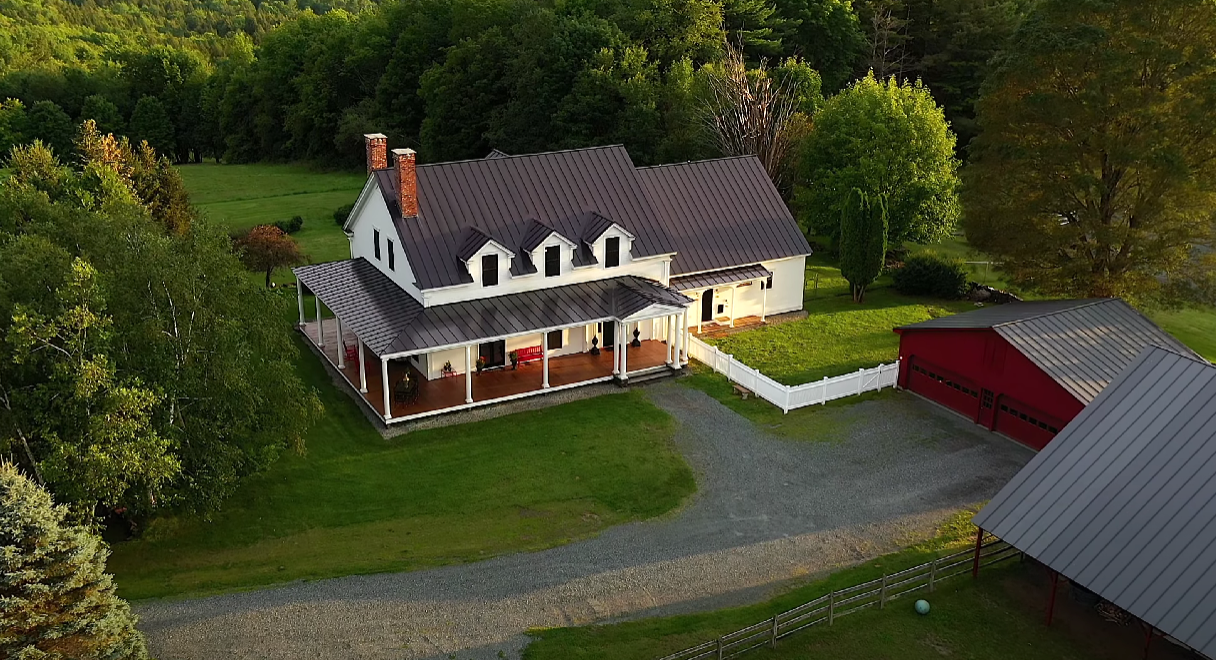
These costs can be broken down into several categories, each playing a pivotal role in determining the overall budget required for the construction process.
Materials Cost
Materials form the foundation of any construction project, and building a house in Vermont is no exception. This category encompasses a wide range of essential components, including lumber, concrete, roofing materials, insulation, windows, doors, and more.
Vermont’s unique climate, characterized by cold winters and varying seasons, necessitates the use of materials that can withstand these conditions. The choice of materials not only impacts the durability and longevity of the house but also contributes significantly to the overall cost.
Opting for higher quality or specialized materials can drive up expenses, while strategic choices can strike a balance between budget and longevity.
Labor Expenses
Skilled labor is the driving force behind turning architectural plans into a tangible reality. Carpenters, electricians, plumbers, masons, and other tradespeople are essential for constructing a house in Vermont.
The availability of skilled labor and market demand can influence labor costs. Seasonal factors, particularly Vermont’s short construction-friendly weather window, can also impact labor expenses.

Balancing the need for skilled craftsmanship with labor costs is a delicate consideration that affects the outcome and budget.
Site Preparation Costs
Before construction even begins, thorough site preparation is necessary to ensure a solid foundation. This stage includes tasks such as excavation, grading, and utility connections.
Vermont’s diverse topography and potential challenges, such as rocky terrain or high water tables, can impact the extent of site preparation needed. Costs associated with establishing a stable and properly prepared building site can vary widely based on the specific location and condition of the land.
Utilities and Systems Installation
Efficient plumbing, electrical, heating, and cooling systems are fundamental to the functionality and comfort of a home. The installation of these systems involves both materials and skilled labor.
Vermont’s cold winters emphasize the importance of effective heating systems, potentially influencing the choice of heating technology and associated costs.

Furthermore, considerations like energy efficiency and sustainability might introduce additional expenses related to installing environmentally friendly systems.
Permits and Fees
Navigating Vermont’s regulations and legal requirements is a critical aspect of the construction process. Obtaining permits for construction, zoning compliance, and inspections is not only a legal necessity but also a financial consideration.
Permit fees can vary depending on the scope of the project and local regulations. It’s imperative to allocate funds for these fees from the outset to avoid budgetary surprises.
Contingency Funds
In any construction project, unforeseen issues or changes can arise during the process. Setting aside a contingency fund is a wise practice to address unexpected developments without derailing the project financially.
This fund, typically a percentage of the total budget, provides a safety net that allows for flexibility in handling challenges that may emerge.
What Are the Different Soft Costs to Build a House in Vermont?
When embarking on the journey of building a house in Vermont, it’s essential to grasp the concept of soft costs, which constitute the indirect expenditures associated with the construction process.
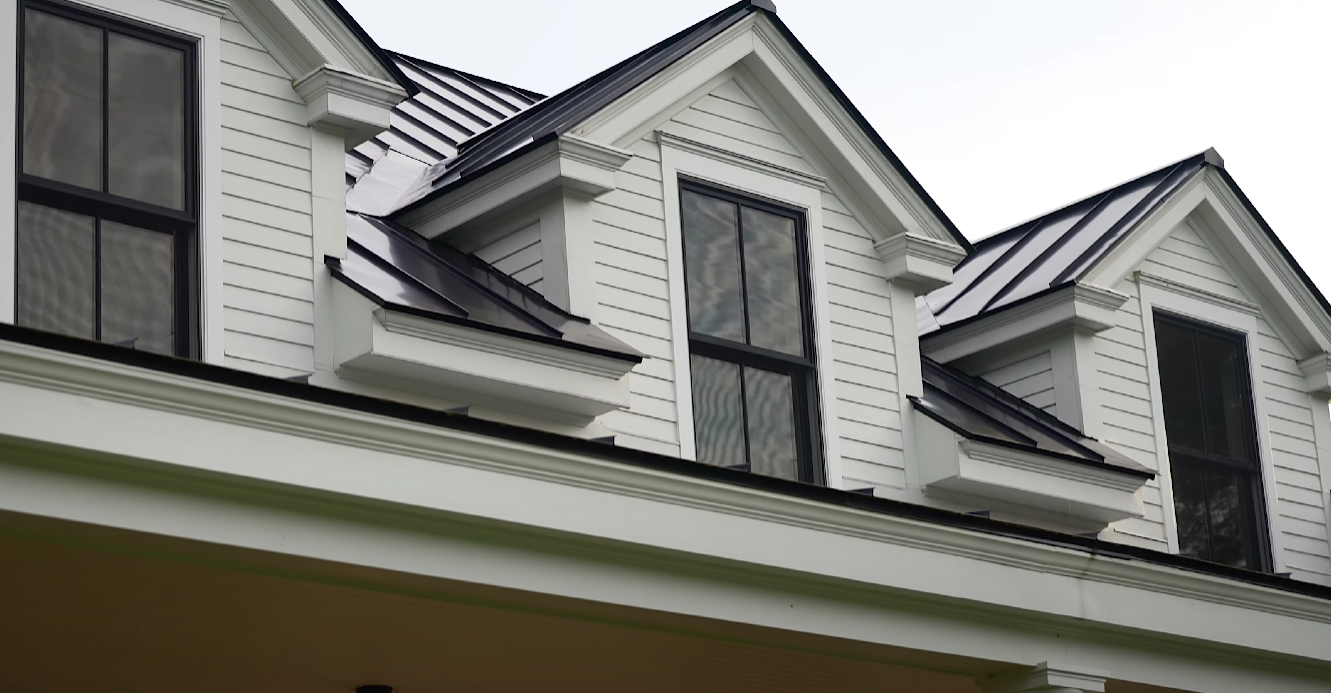
Unlike hard costs that encompass tangible materials and labor, soft costs include various expenses that contribute to the overall budget but are not directly tied to physical construction.
Understanding these soft costs is crucial for creating an accurate financial plan and ensuring a successful building project.
Architectural and Design Fees
Engaging architectural services to design the blueprint of your dream home is a pivotal soft cost. Architects work closely with clients to transform ideas into detailed plans that align with local regulations and the owner’s preferences.
These design fees cover concept development, drafting, revisions, and consultations. In Vermont, where blending aesthetics with functionality is essential, architectural and design fees are a crucial investment in bringing your vision to life.
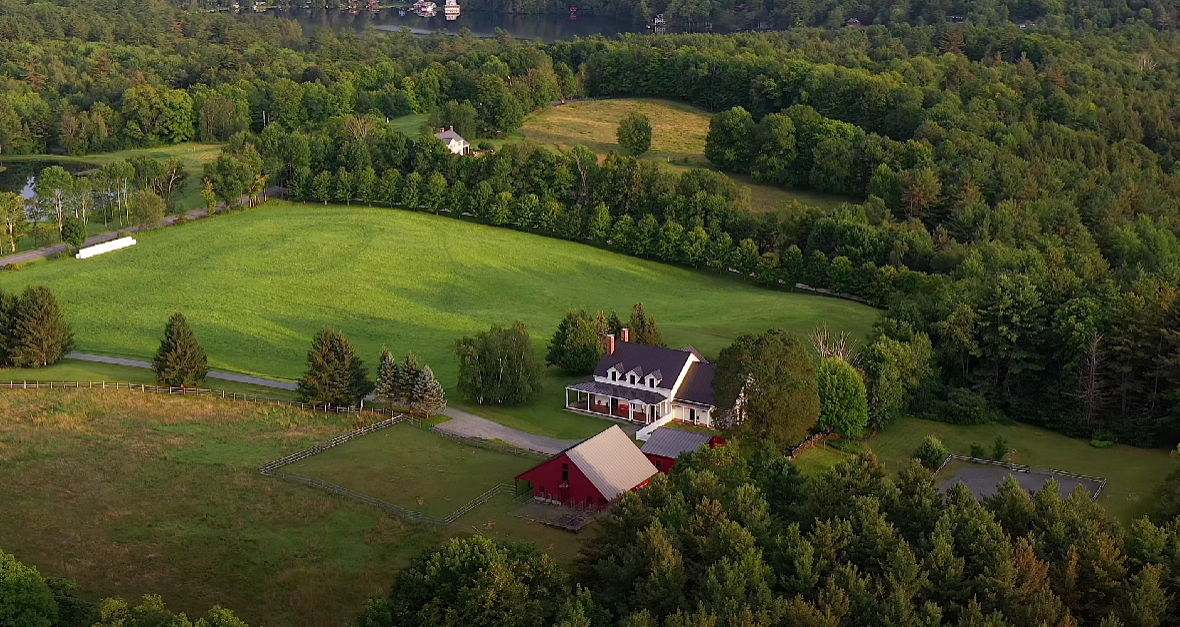
Permitting and Regulatory Costs
Obtaining the necessary permits and adhering to local regulations are integral aspects of the construction process. Soft costs associated with permitting include application fees, review costs, and any expenses related to modifications required for compliance.
Vermont’s specific zoning laws and building codes influence these costs, making it important to allocate funds for navigating the regulatory landscape.
Legal and Consulting Services
Seeking legal and consulting services is a wise step to ensure a smooth construction process. These soft costs cover services such as legal counsel for contracts, zoning compliance, and potential disputes, as well as consultation with experts in areas like engineering and environmental impact assessments.
Having professional guidance can prevent costly mistakes and ensure your project aligns with legal requirements and best practices.
Financing and Interest Charges
Securing financing for your construction project involves soft costs such as loan origination fees, appraisal charges, and interest on construction loans. These expenses are part of the financial aspect of building a house and should be factored into your budget.

Vermont’s lending landscape and interest rates play a role in determining these costs, emphasizing the importance of thoroughly understanding your financial arrangement.
Insurance
Soft costs related to insurance protect your investment and mitigate potential risks during construction. Builder’s risk insurance, for instance, covers damage to the property and materials during the building process.
Liability insurance safeguards against accidents or injuries that could occur on the construction site. Understanding the insurance coverage you need in Vermont’s specific context is vital for managing potential risks.
Project Management and Administration
Hiring a project manager or administrator is a valuable soft cost that ensures the construction process runs efficiently. Their role involves overseeing timelines, coordinating subcontractors, and managing the budget.
Their expertise can prevent delays and cost overruns, making this expense a proactive investment in the success of your project.
Utilities and Temporary Facilities
Setting up temporary facilities such as portable toilets and construction trailers, as well as providing temporary utilities like electricity and water, are soft costs that enable construction activities.
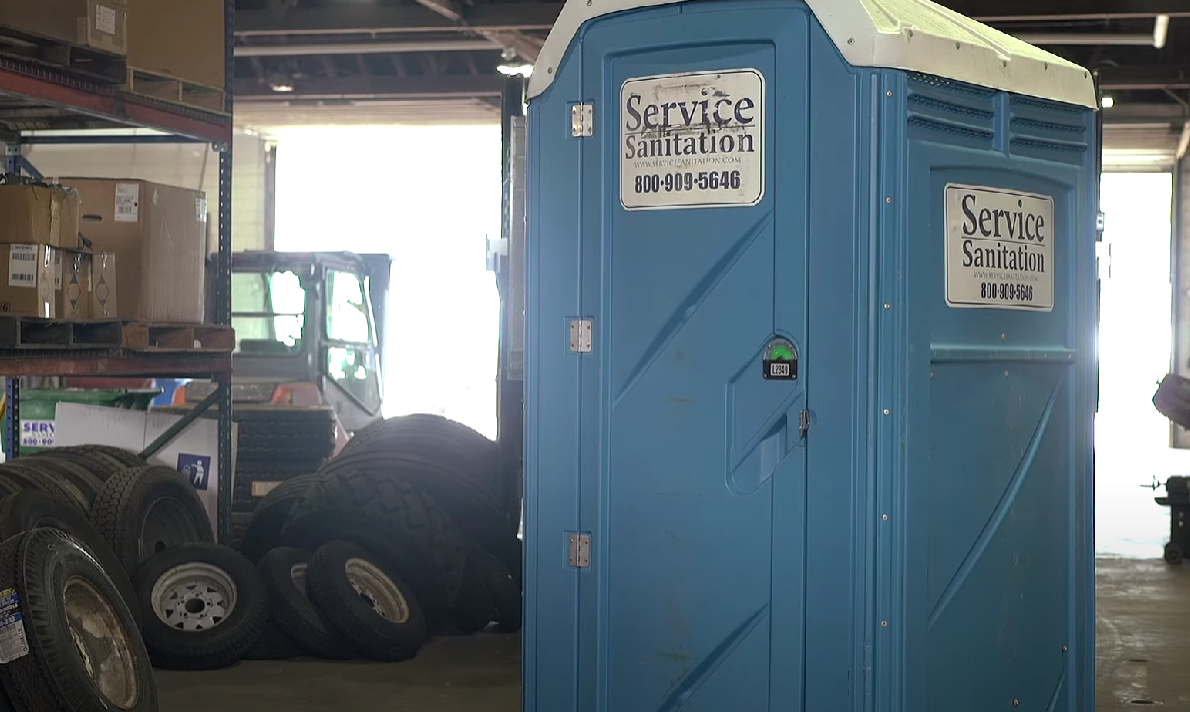
These amenities are necessary for the comfort and productivity of workers on the site. In Vermont’s climate, with its distinct seasonal changes, ensuring appropriate temporary facilities is crucial.
Landscaping and Exterior Features
Soft costs extend to the exterior features that enhance the aesthetics and functionality of your property. Landscaping, driveway installation, and other exterior elements contribute to the overall appeal of your new home.
In Vermont’s scenic setting, thoughtful landscaping can integrate your home with its surroundings and contribute to its overall value.
What Are the Different House Building Financing Options in Vermont?
Embarking on the journey of building a house in Vermont requires careful consideration of financing options. Securing the right financial arrangement is pivotal for turning your vision into reality.
Vermont offers various financing avenues tailored to different needs and circumstances, ensuring that aspiring homeowners can find a suitable approach to fund their construction projects.

Construction Loans
Construction loans are specifically designed to fund the building process. These loans provide the necessary capital in stages as the construction progresses. The initial funds cover the purchase of the land and the initial construction expenses, with subsequent disbursements tied to project milestones.
Vermont’s lending institutions offer a range of construction loan options, allowing homeowners to customize their financing based on the scope and timeline of their projects.
Traditional Mortgages
After the construction phase is complete, homeowners often transition to a traditional mortgage, converting the construction loan into permanent financing. This option streamlines the financing process, eliminating the need for a separate mortgage application.
Vermont’s competitive mortgage rates and diverse loan terms make this a popular choice for many homeowners looking for stability and predictability in their post-construction finances.
USDA Loans
The United States Department of Agriculture (USDA) offers loans specifically designed to promote homeownership in rural areas, which includes various parts of Vermont.

These loans provide favorable terms, including low or no down payment options and competitive interest rates. For individuals building in eligible rural regions of Vermont, USDA loans can be a cost-effective solution for financing their dream home.
FHA Loans
The Federal Housing Administration (FHA) provides loans that are particularly beneficial for individuals who may not qualify for traditional loans due to credit history or income limitations.
FHA loans offer lower down payment requirements and more lenient qualification criteria. This can be advantageous for Vermont residents seeking to build a home but facing financial constraints.
Home Equity Loans or Lines of Credit
For homeowners with existing property, tapping into their home equity through loans or lines of credit can be a viable financing option. These funds can be used to finance the construction of a new home.
Vermont homeowners who have built up substantial equity in their properties can leverage this resource to facilitate their construction project without the need for a separate construction loan.
Personal Loans
In certain cases, individuals might opt for personal loans to cover short-term construction expenses. While these loans can provide quick access to funds, they often come with higher interest rates compared to other financing options.

Vermont residents considering this approach should carefully evaluate the terms and weigh them against the benefits of other loan types [1].
Savings and Cash Reserves
Some homeowners choose to self-finance their construction projects using savings or cash reserves. This approach eliminates the need for loan applications and interest payments.
However, it requires a significant upfront financial commitment and may limit liquidity for other needs. Vermont residents with robust savings might find this option appealing for its simplicity and lack of debt.
State and Local Grants
Vermont offers various state and local grants and programs designed to support homeownership and sustainable building practices. These financial incentives can help offset construction costs, particularly for projects aligned with energy efficiency or affordable housing initiatives.
Researching available grants and programs can reveal valuable financial support options for Vermont residents building a house.
How to Save Money in Building a House in Vermont?
Building a house in Vermont can be a rewarding endeavor, but it’s important to manage costs effectively. By employing thoughtful strategies, aspiring homeowners can save money without compromising on quality.
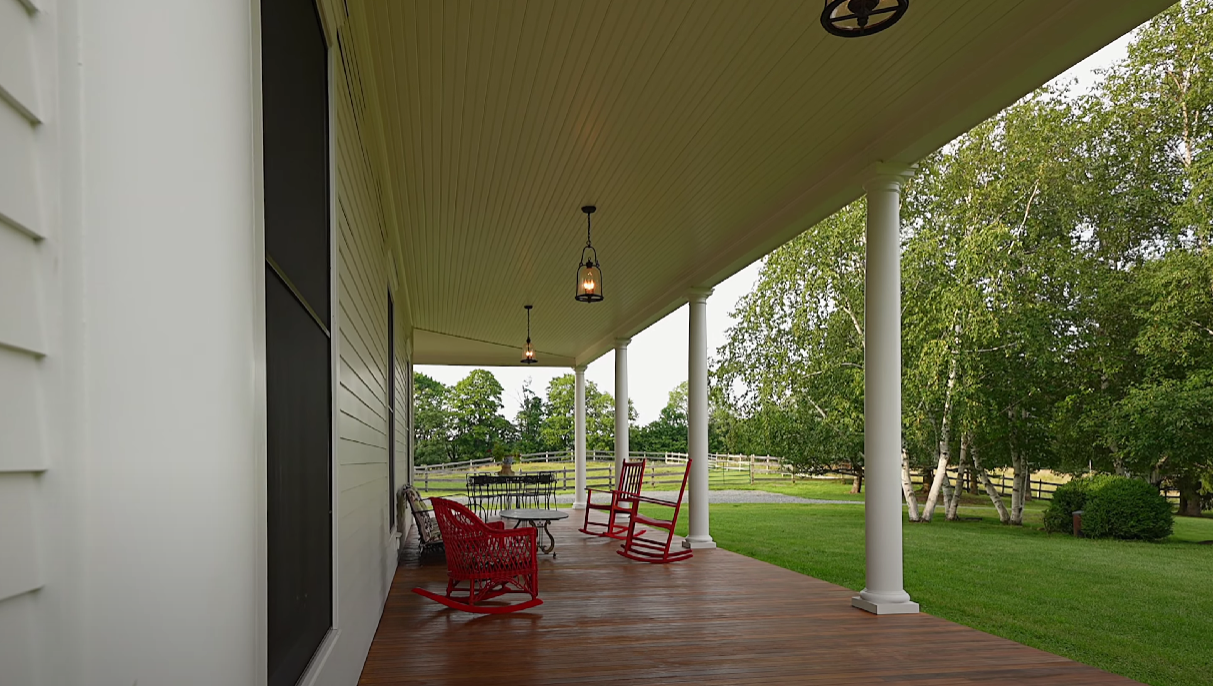
From materials to design choices, Vermont residents have various avenues to make their construction projects more budget-friendly.
Efficient Design and Planning
A well-thought-out design and comprehensive planning are the foundations of cost savings. Work closely with architects and designers to create an efficient layout that maximizes space while minimizing unnecessary complexity.
A streamlined design reduces material and labor costs, making the construction process more economical.
Choose the Right Materials
Selecting materials wisely can significantly impact the overall budget. Prioritize quality for essential components that affect durability and energy efficiency, such as insulation and roofing.
However, consider more affordable alternatives for non-structural elements, like flooring and fixtures. Vermont’s local materials, such as timber, can provide both cost savings and a connection to the region’s natural resources.
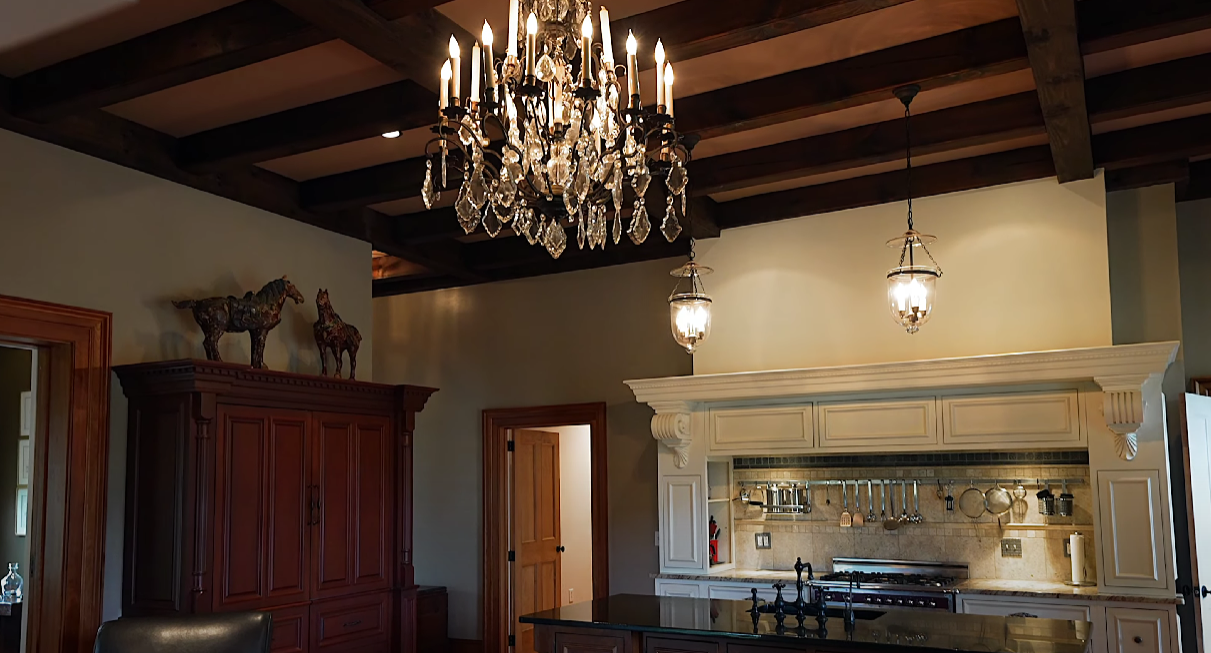
Energy Efficiency
Investing in energy-efficient features during construction might have upfront costs, but the long-term savings can be substantial. Opt for well-insulated walls, energy-efficient windows, and modern HVAC systems.
Vermont’s climate underscores the importance of efficient heating solutions, making this a practical choice for cost savings over time.
Local Contractors
Collaborating with local contractors offers multiple benefits. They often have a better understanding of Vermont’s construction regulations, climate considerations, and available materials.
Hiring locals also reduces transportation costs for materials and labor, contributing to overall savings.
DIY Where Appropriate
While some tasks require professional expertise, homeowners can consider taking on smaller DIY projects. Painting, landscaping, and interior finishing touches are areas where hands-on involvement can lead to cost savings.

However, ensure that you have the necessary skills and tools to tackle these tasks effectively.
Strategic Timing
Vermont’s construction season is influenced by its climate. Plan your project to take advantage of off-peak seasons when contractors and suppliers might offer discounts due to lower demand.
This can lead to cost savings on labor and materials without compromising on quality.
Flexibility and Contingency
Unforeseen circumstances can arise during construction, leading to additional expenses. Setting aside a contingency fund within your budget provides a safety net to address unexpected challenges without derailing the project financially.
Prioritize Essential Customizations
While customizations add personalization to your home, it’s crucial to prioritize essential modifications that align with your needs and lifestyle. Avoid overloading your project with extravagant features that inflate costs without providing significant value.
Competitive Bidding
When sourcing materials and services, obtain multiple quotes from different suppliers and contractors. This competitive bidding process can help you identify cost-effective options without compromising quality.

Long-Term Investment
While saving money is important, remember that a home is a long-term investment. Prioritize quality where it matters most, such as foundation, roofing, and structural integrity.
Spending a bit more upfront on critical components can prevent costly repairs and renovations down the line.
Should You Build Your Own House in Vermont?
Deciding to build your own house in Vermont depends on factors like your budget, time, expertise, and preferences. Building offers customization and potential cost savings but requires thorough planning, oversight, and coordination.
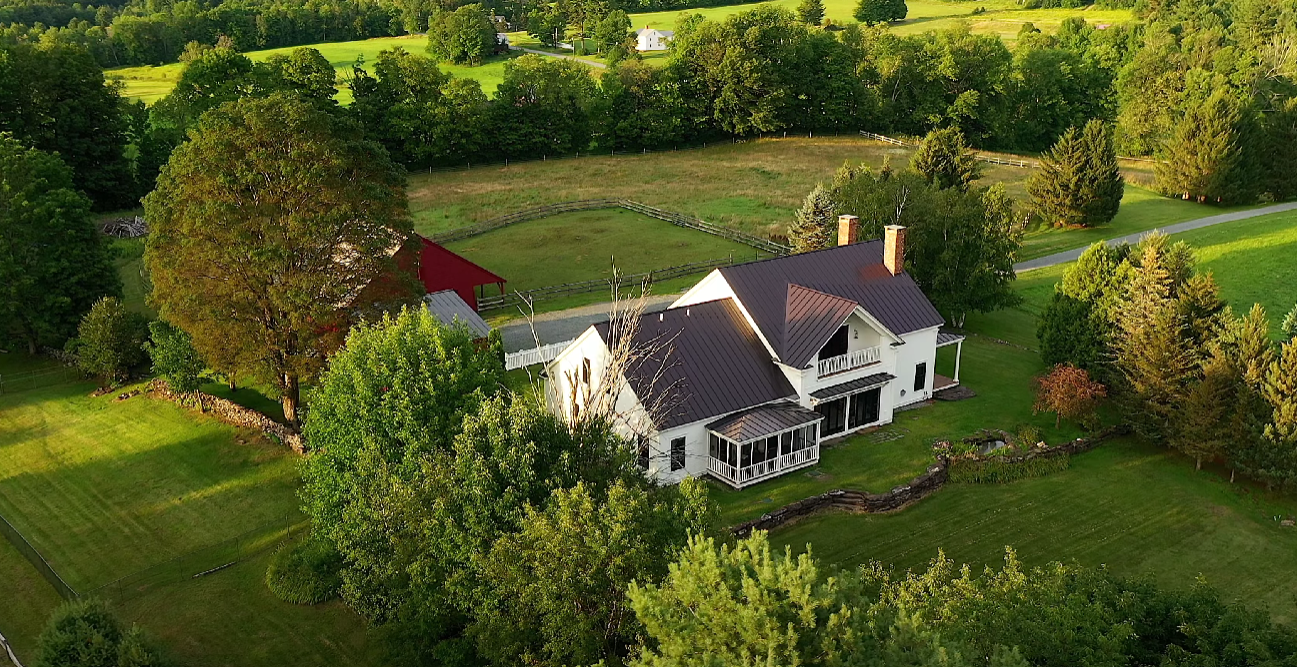
Consider your comfort with project management, understanding of local regulations, and willingness to invest time. Engaging professionals for aspects beyond your expertise can ensure a successful and efficient homebuilding journey in the picturesque landscapes of Vermont.
Conclusion
Determining the cost of building a house in Vermont involves considering materials, labor, permits, and location. The range of $300,000 to $500,000 reflects varying factors that influence the final expense.
Understanding these elements helps prospective homeowners prepare financially for the construction process in Vermont.

